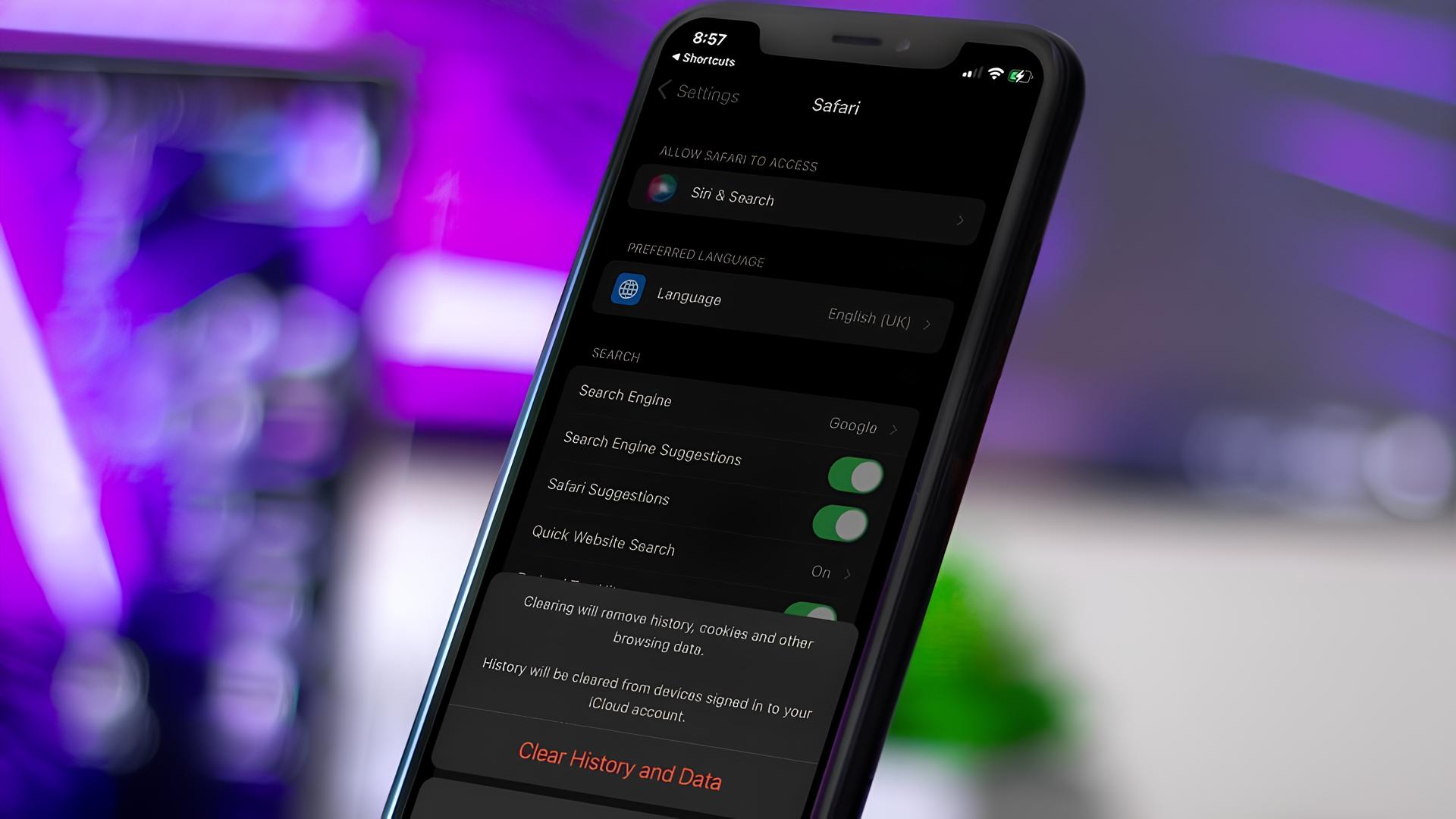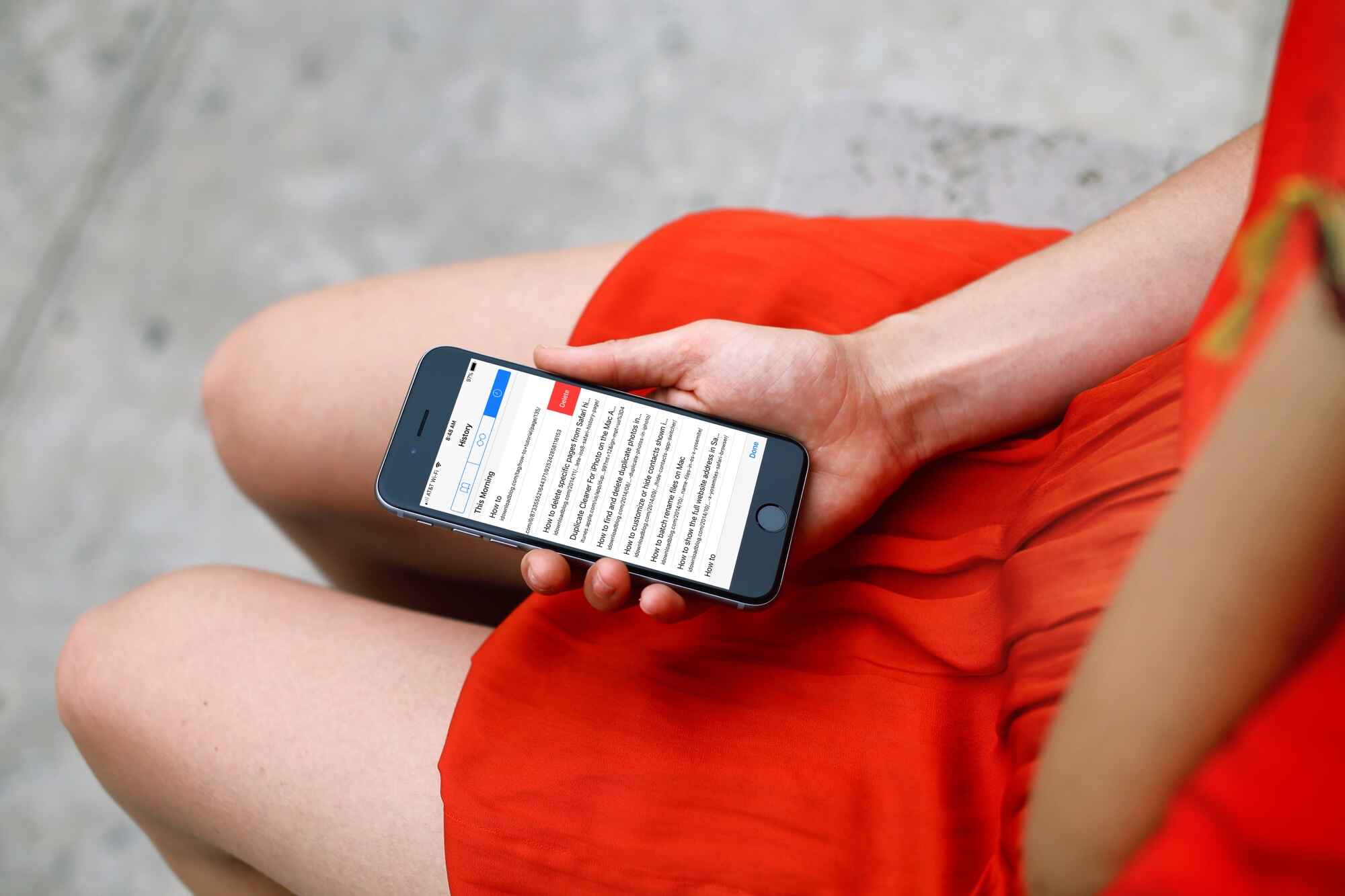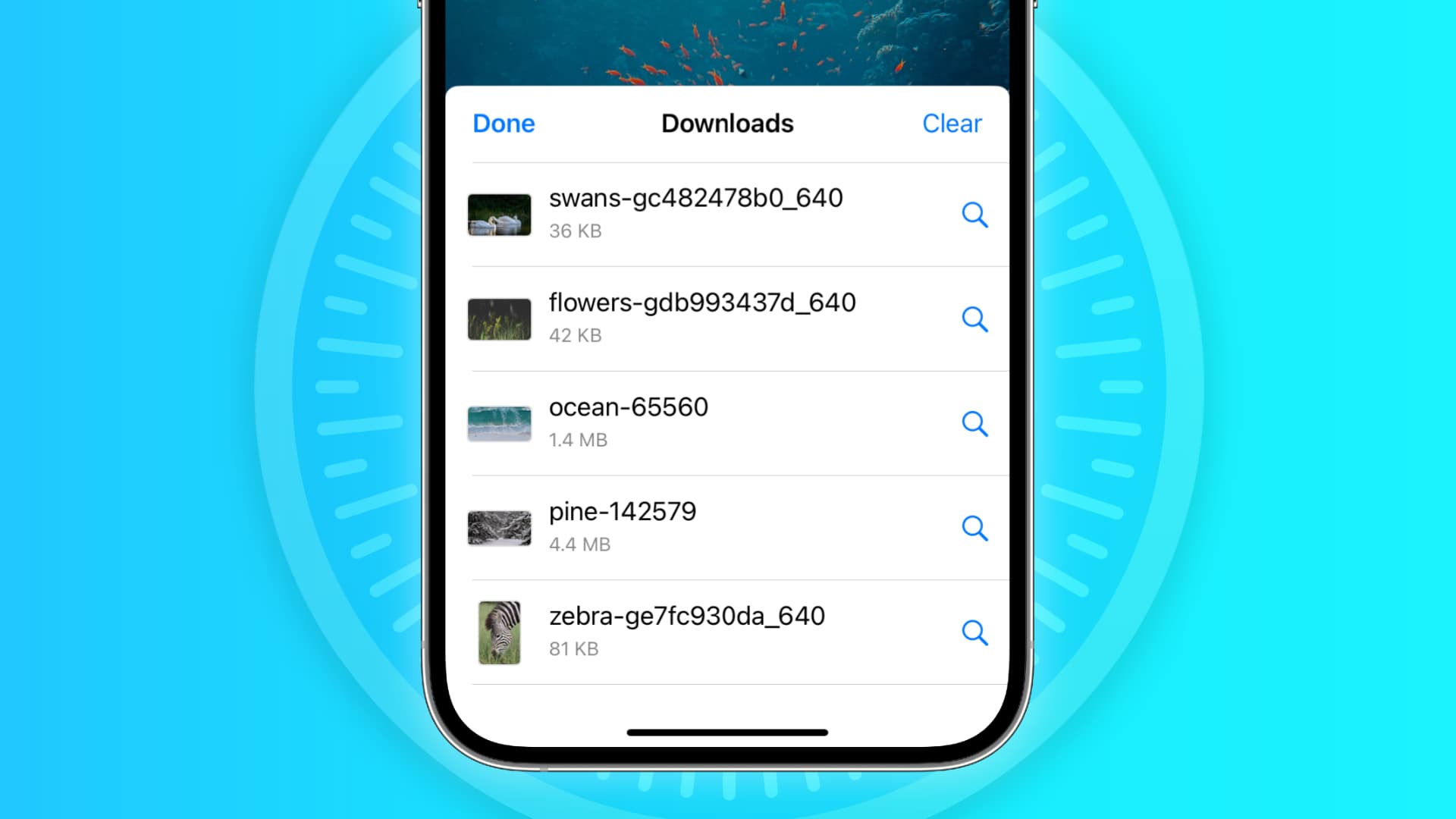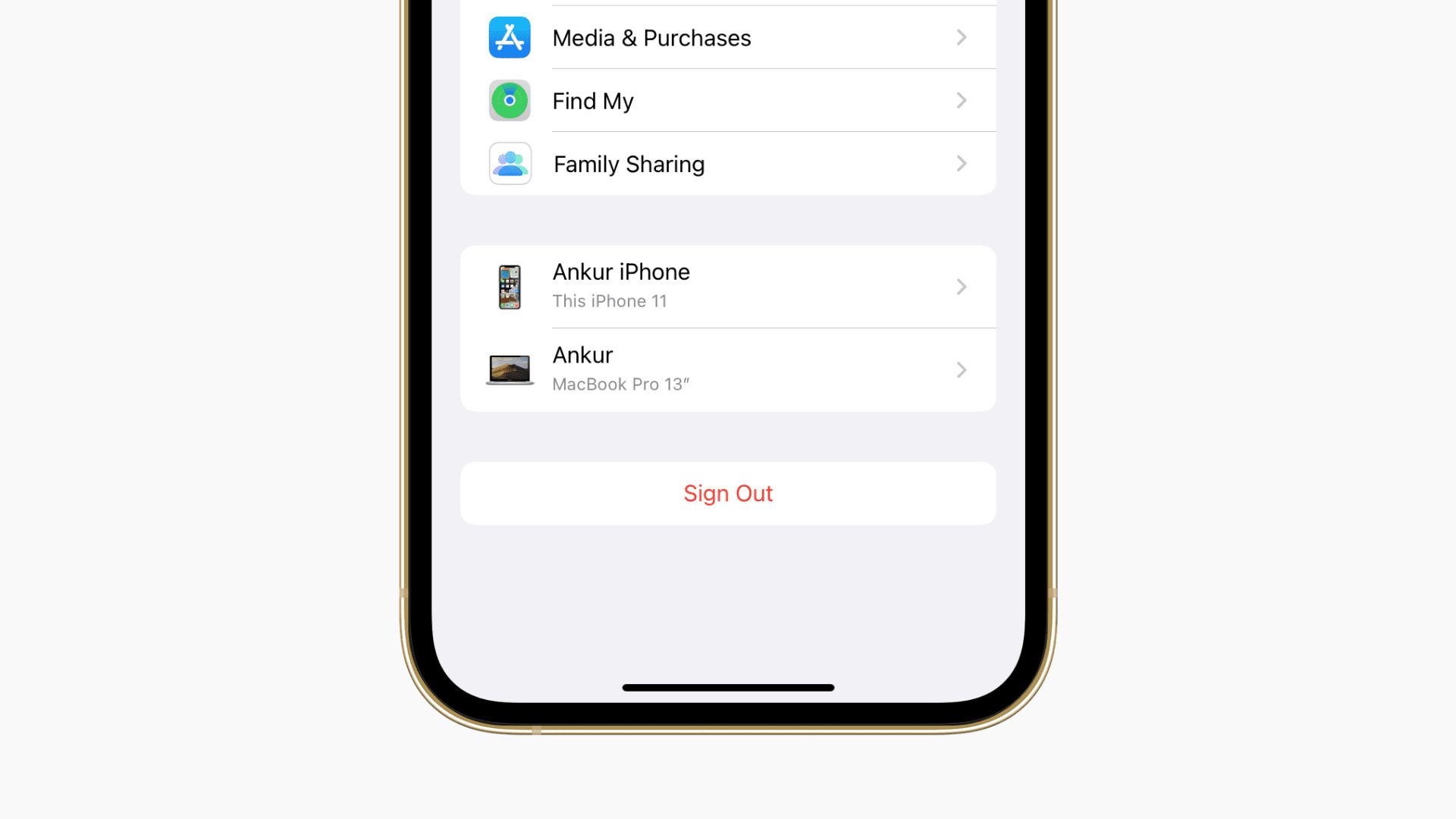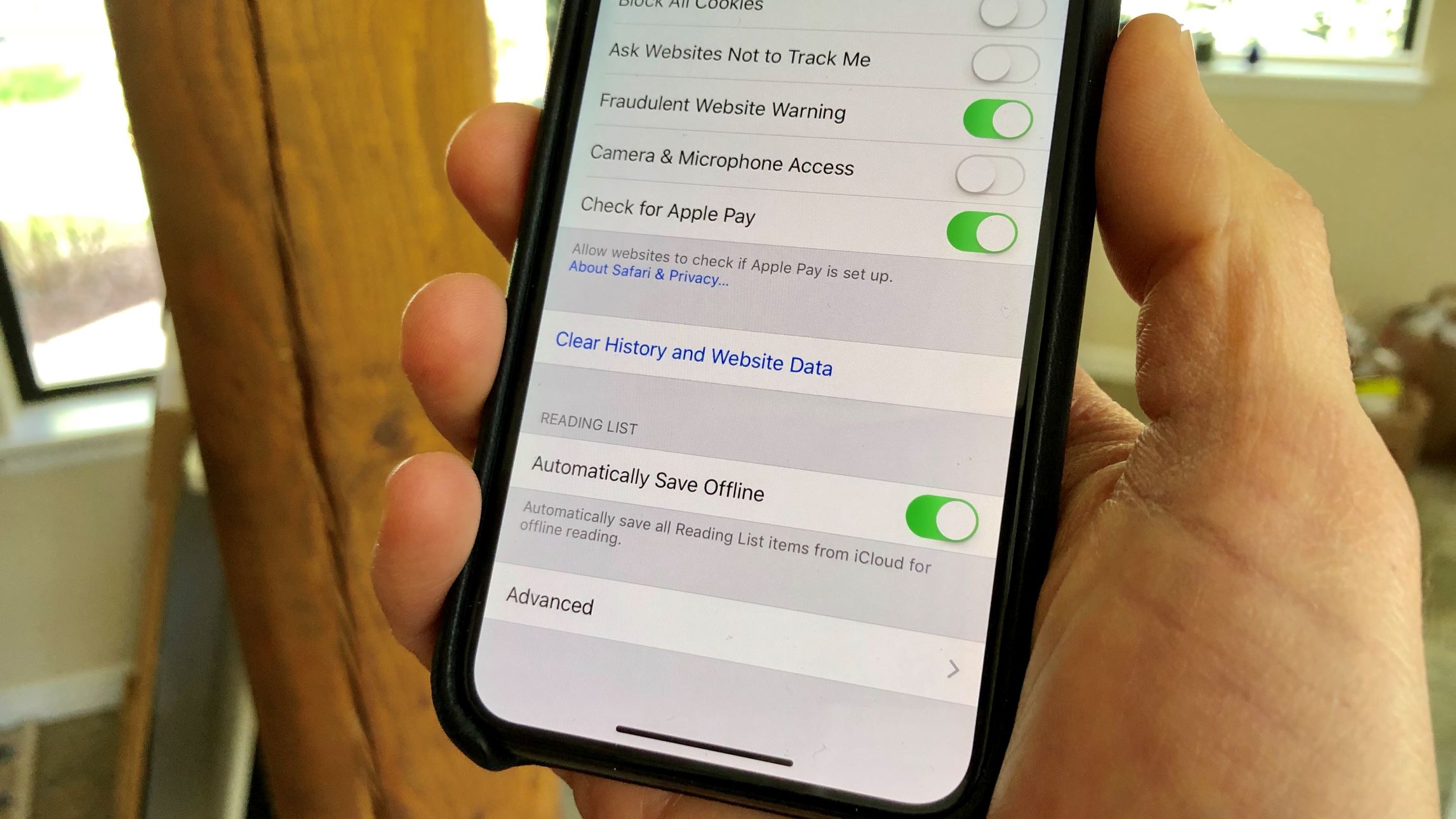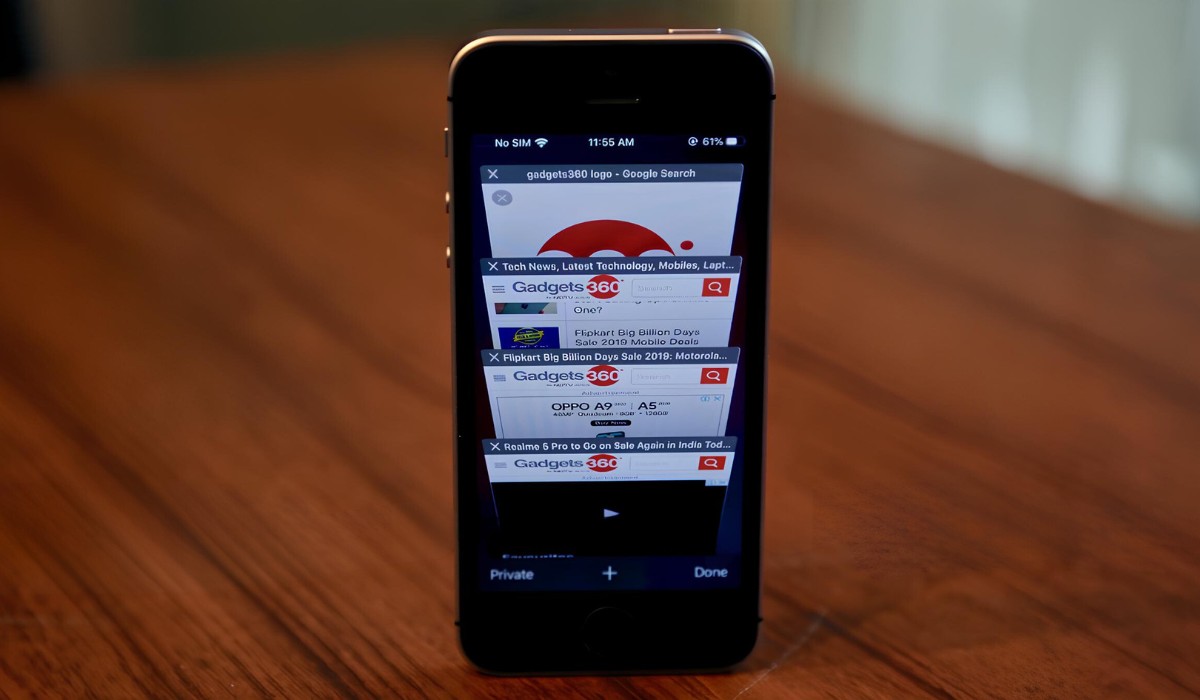Introduction
In today's digital age, our smartphones have become an integral part of our daily lives, serving as a gateway to a vast array of information and services. Among the multitude of activities we engage in on our iPhones, browsing the web ranks high on the list. Safari, the default web browser on iPhones, is a powerful tool that allows users to explore the internet with ease and convenience. However, as we navigate through various websites and pages, our browsing history accumulates, leaving behind a trail of our online activities.
The accumulation of browsing history may not seem significant at first glance, but it can have implications for privacy, security, and even device performance. Therefore, it's essential to understand how to manage this aspect of our digital footprint. Clearing the history on iPhone Safari is a simple yet crucial practice that can help users maintain their privacy, protect their personal information, and ensure a smooth browsing experience.
In this article, we will delve into the importance of clearing history on iPhone Safari, providing insights into the potential risks associated with leaving a trail of browsing history untouched. Additionally, we will explore the step-by-step process of clearing history on iPhone Safari, empowering users with the knowledge to take control of their digital privacy and security. Furthermore, we will share additional tips to enhance privacy and security while using Safari on the iPhone, equipping readers with valuable strategies to safeguard their online activities.
As we embark on this journey to understand the significance of managing browsing history on iPhone Safari, it's important to recognize the impact of our digital footprint and the measures we can take to navigate the online world with confidence and peace of mind. Let's embark on this exploration to unlock the potential of safeguarding our digital presence on iPhone Safari.
Why Clearing History on iPhone Safari is Important
Clearing the browsing history on iPhone Safari is a fundamental practice that holds significant implications for privacy, security, and device performance. As users navigate the web, their browsing history accumulates, creating a digital trail of visited websites, searches, and online activities. While this history may seem innocuous, it can potentially expose sensitive information and compromise privacy if left unattended.
Privacy Protection
One of the primary reasons to clear history on iPhone Safari is to safeguard personal privacy. Browsing history contains a detailed record of websites visited, including login credentials, personal accounts, and sensitive information entered on various platforms. If left uncleared, this data can potentially be accessed by unauthorized individuals, posing a risk to user privacy. By regularly clearing the browsing history, users can mitigate the chances of unauthorized access to their online activities, enhancing their privacy and peace of mind.
Security Enhancement
In addition to privacy concerns, the accumulation of browsing history can pose security risks. Malicious entities or unauthorized users may exploit stored browsing data to gain insights into user behavior, preferences, and potentially sensitive information. This can lead to targeted attacks, phishing attempts, or unauthorized access to personal accounts. Clearing the browsing history on iPhone Safari serves as a proactive measure to minimize the risk of security breaches and unauthorized access, bolstering the overall security posture of the device and the user's online presence.
Device Performance and Storage Management
Beyond privacy and security considerations, clearing the browsing history can contribute to optimizing device performance and managing storage efficiently. As browsing history accumulates, it occupies storage space on the device, potentially impacting its performance. By regularly clearing the history, users can free up storage space and ensure that the browser operates smoothly, enhancing the overall user experience.
Personalization and User Experience
Moreover, clearing the browsing history can reset the personalized browsing experience, allowing users to start anew without the influence of past searches and visited websites. This can be particularly beneficial when users seek a fresh and unbiased browsing experience, free from the influence of previous activities.
In essence, clearing the browsing history on iPhone Safari is essential for protecting privacy, enhancing security, optimizing device performance, and resetting the browsing experience. By understanding the importance of this practice, users can take proactive steps to safeguard their digital footprint and navigate the online world with confidence and resilience.
How to Clear History on iPhone Safari
Clearing the browsing history on iPhone Safari is a straightforward process that empowers users to take control of their digital footprint and enhance their privacy and security. By following the step-by-step guide below, users can effectively clear their browsing history and associated data from Safari on their iPhone.
Step 1: Open Safari
Begin by launching the Safari browser on your iPhone. This can be done by tapping the Safari icon on the home screen or by accessing it from the app library.
Step 2: Access the History Menu
Once Safari is open, navigate to the bottom right corner of the screen to find the book icon, which represents the "Bookmarks" feature. Tap on this icon to proceed to the next step.
Step 3: View Browsing History
Within the "Bookmarks" menu, locate the "Clock" icon, which represents the browsing history. Tap on this icon to access your browsing history, displaying a list of websites and pages visited during previous sessions.
Step 4: Clear Browsing History
At the bottom of the browsing history page, tap on the "Clear" button. This action will prompt a confirmation dialog, offering options to clear the browsing history for specific time periods, such as the last hour, today, today and yesterday, or all time. Select the desired time frame for which you wish to clear the browsing history.
Step 5: Confirm Clearing History
After selecting the preferred time frame, a confirmation prompt will appear, asking to confirm the action of clearing the browsing history. Tap "Clear History and Data" to proceed with the deletion process.
Step 6: Verification
Upon confirmation, Safari will promptly clear the browsing history and associated data based on the selected time frame. Users can verify the successful clearance by revisiting the browsing history and ensuring that the selected time frame no longer displays any entries.
By following these simple steps, users can effectively clear their browsing history on iPhone Safari, mitigating privacy and security risks while optimizing device performance. This proactive approach empowers users to maintain control over their digital footprint and enjoy a secure and personalized browsing experience on their iPhone.
Additionally, users can consider enabling private browsing mode in Safari, which prevents the browser from storing browsing history, cookies, and other data during the private browsing session. This can be activated by tapping the "Tabs" icon in Safari and selecting "Private" to initiate a private browsing session, further enhancing privacy and security while browsing the web.
Additional Tips for Privacy and Security on iPhone Safari
In addition to clearing browsing history, users can enhance their privacy and security on iPhone Safari by implementing the following tips:
- Regularly update Safari and the iOS operating system to ensure the latest security patches and enhancements are in place.
- Utilize content blockers and privacy-focused extensions available for Safari to mitigate tracking and enhance privacy while browsing.
- Review and manage website data and cookies in Safari settings to control the storage of website-specific data on the device.
- Exercise caution when accessing unfamiliar websites and refrain from entering sensitive information on unsecured platforms.
- Consider using a reputable virtual private network (VPN) to encrypt internet traffic and enhance privacy and security while browsing on the iPhone.
By incorporating these additional tips into their browsing habits, users can further fortify their privacy and security while leveraging the capabilities of Safari on their iPhone. This holistic approach to privacy and security empowers users to navigate the digital landscape with confidence and resilience, ensuring a safe and personalized browsing experience on their iPhone.
Additional Tips for Privacy and Security on iPhone Safari
In addition to clearing browsing history, users can implement a range of proactive measures to enhance their privacy and security while using Safari on their iPhone. These additional tips serve as valuable strategies to fortify digital defenses and maintain a secure browsing environment. By incorporating these practices into their browsing habits, users can navigate the online landscape with confidence and resilience, safeguarding their personal information and digital footprint.
Regular Software Updates
Regularly updating Safari and the iOS operating system is a crucial step in maintaining a secure browsing environment. Software updates often include essential security patches and enhancements that address vulnerabilities and protect against emerging threats. By staying current with software updates, users can ensure that their browsing experience is fortified with the latest security measures, minimizing the risk of exploitation and unauthorized access.
Utilize Content Blockers and Privacy-Focused Extensions
Safari offers the capability to integrate content blockers and privacy-focused extensions, empowering users to mitigate tracking and enhance privacy while browsing the web. Content blockers can prevent the loading of certain types of content, such as advertisements and tracking scripts, contributing to a more streamlined and privacy-conscious browsing experience. Additionally, privacy-focused extensions can provide enhanced control over website interactions and data collection, further bolstering user privacy and security.
Review and Manage Website Data and Cookies
Within Safari settings, users have the ability to review and manage website data and cookies, allowing them to control the storage of website-specific data on their device. By regularly reviewing and managing this data, users can mitigate the accumulation of potentially sensitive information and exercise greater control over their digital footprint. Clearing unnecessary website data and cookies can contribute to a more streamlined and privacy-conscious browsing experience.
Exercise Caution and Vigilance
Practicing caution and vigilance while browsing the web is essential for maintaining privacy and security. Users should exercise discretion when accessing unfamiliar websites and refrain from entering sensitive information on unsecured platforms. By being mindful of the websites they visit and the information they share, users can minimize the risk of exposure to malicious entities and unauthorized data collection.
Utilize a Reputable Virtual Private Network (VPN)
Consider using a reputable virtual private network (VPN) to encrypt internet traffic and enhance privacy and security while browsing on the iPhone. A VPN creates a secure and encrypted connection between the device and the internet, safeguarding user data from potential interception and unauthorized access. By leveraging a VPN, users can fortify their browsing activities and maintain a heightened level of privacy and security, particularly when accessing public Wi-Fi networks or conducting sensitive online transactions.
By integrating these additional tips into their browsing practices, users can establish a robust framework for privacy and security while using Safari on their iPhone. These proactive measures empower users to navigate the online landscape with confidence, ensuring that their digital interactions are shielded from potential threats and vulnerabilities. With a comprehensive approach to privacy and security, users can embrace a secure and personalized browsing experience on their iPhone, fostering a digital environment that prioritizes privacy and resilience.







